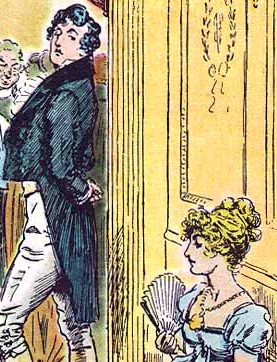Static vs Dynamic Characters
In literature, there are two main types of characters: static and dynamic. These character types differ significantly, making them easy to distinguish. Readers often encounter various characters in novels, short stories, and other literary works, each with their own unique stories and traits. Authors use both static and dynamic characters to bring their story to life, with these character types being opposites of one another. Static characters remain consistent throughout the story, not changing from beginning to end, while dynamic characters experience growth and development due to impactful events in their lives. This article will explore the differences between static and dynamic characters.
What is a Static Character?
In fictional works, characters can be categorized as either static or dynamic. Static characters remain unchanged from the beginning of the story to the end, with any changes they undergo having no lasting impact on their character. These characters are often minor and serve to add liveliness to the story, sometimes acting as supporting characters for the main protagonists.
For example, in Jane Austen’s Pride and Prejudice, the character of Mr. Collins can be considered static. Austen uses Mr. Collins primarily for comedic relief, and he remains a pompous, ridiculous man throughout the entire novel. This is a typical trait of static characters – they do not undergo any significant change.
Key Takeaways
- Static characters remain consistent and unchanged throughout a story, often serving as minor or supporting characters.
- Dynamic characters grow and develop due to impactful events in their lives, usually serving as the main characters in a story.
- Dynamic characters’ growth is generally internal, focusing on changes in character, personality, or outlook, rather than external changes.
What is a Dynamic Character?
In most stories, the protagonist is a dynamic character. These characters undergo various experiences and face numerous challenges, resulting in significant changes by the story’s end. This change is typically not in their circumstances, but in their character and personality. The plot often allows dynamic characters to grow from naive, immature individuals to wise, mature characters with high potential for growth and development.
Using Pride and Prejudice as an example again, Elizabeth Bennet and Mr. Darcy are both dynamic characters. They begin the novel as flawed individuals, but through various obstacles and changes in perspective, they grow and change for the better, endearing themselves to readers. This provides a basic understanding of the two types of characters.
What is the difference between Static and Dynamic Characters?
• Static characters do not undergo any changes throughout the novel and remain the same from the beginning to the end. These are mostly the minor characters in stories.
• Dynamic characters, on the other hand, encounter various obstacles throughout the plot that enable them to grow and develop into more well-rounded characters.
• Dynamic characters are typically the main characters in a story.
• Growth in dynamic characters is primarily internal and can be in character, personality, or outlook, and is rarely external.
